Five questions on Western military support to Ukraine
Since the beginning of the Russian invasion of Ukraine on 24 February, and in fact already before then, Ukraine has received notable amounts of military support from the West. Could this support stop or repel the Russian invasion? To what extent is this support a form of direct involvement? Could it lead to a proxy war? Military analyst Sim Tack provides the answers to the five most urgent questions on Western military support to Ukraine.
1: Where exactly is this money going?
The United States, the United Kingdom, a number of European states and even the European Union have all provided large amounts of weaponry or financial aid to keep Ukraine in the fight. The scale of these financial and material commitments to support Ukraine are also still likely to continue to grow as the war drags on.
Out of the 18 billion dollars pledged so far by the US, the UK, the EU, and by various countries through the World Bank, a total of about 4 billion dollars is set aside for military equipment.1
Each dollar of liquidity granted to the Ukrainian government at this point is a dollar gained towards Ukraine’s own defence spending
It is important to note that the direct economic support to the Ukrainian government that consists of 2.5 billion dollars in various forms of loans and guarantees, and 500 million dollars in grants, will also back Ukraine’s fighting ability. It could be argued that each dollar of liquidity granted to the Ukrainian government at this point is a dollar gained towards Ukraine’s own defence spending, even though many of these grants and loans are specifically earmarked for other purposes.
The ongoing war has a constraining effect on the Ukrainian economy, with trade being severely disrupted and large portions of Ukraine’s working force either mobilised as part of military reserves or fleeing the country. Granting this liquidity support guarantees that the Ukrainian government will maintain its ability to spend money on necessities even when revenues come to a halt, and this will include of course military spending.
When it comes to the 4 billion dollars specifically geared towards military support, none of this is actually cash that will end up with the Ukrainian government. All of these budgets relate to material support that is being provided to Ukraine by the United States, the United Kingdom, and various European Union member states.
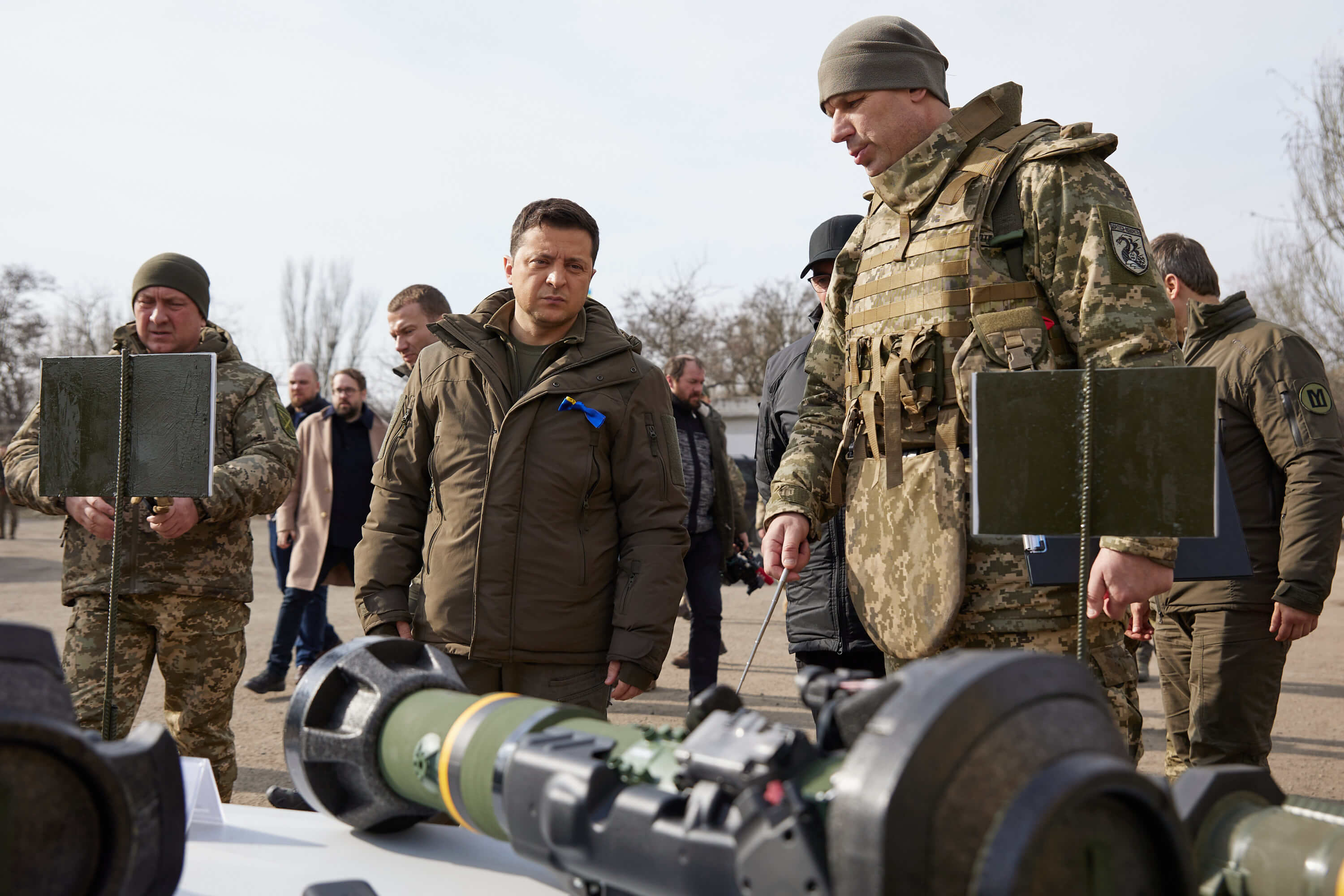
The largest share, 3.5 billion dollars, has been set aside by the US as a budget to replace the equipment that it has been delivering and will continue to deliver to Ukraine out of its own stockpiles. This includes the thousands of Javelin anti-tank missiles and Stinger missiles that the United States has already delivered, as well as the 800 million dollars support package announced by President Joe Biden on 16 March that will include additional anti-tank weapons, loitering munitions, small arms, and body armour.2
The other main contributor to this 4 billion dollars figure is the European Union, which in an unprecedented move contributed 500 million euros of military support to Ukraine from the European Peace Facility budget.3 This money, however, will primarily be used to retroactively reimburse EU member states for arms, munitions, and other military support that they have already provided or planned to provide to Ukraine. There has been talk of a potential additional 500 million euros package, but so far this does not appear to be a widely supported plan.
Without this support Russia might already have achieved greater gains within Ukraine
Finally, the military support to Ukraine also includes a significant contribution from the United Kingdom that has been supplying Next Generation Light Anti-tank Weapons (NLAWs) to Ukraine since January. The UK has not declared a monetary value for its support, but the estimated unit cost of the 3615 already delivered NLAW missiles would bring the total contribution upwards of 100 million dollars already. The United Kingdom has also committed to additional deliveries of NLAWs and Javelin anti-tank weapons, as well as Starstreak air defence weapons so this amount could continue to rise rapidly.
2: Could this support stop or repel the Russian invasion?
The exact effect of the external support to Ukraine is difficult to determine within the chaos of the battlefield. Other factors like Ukraine’s military modernisation prior to the current war, or its tactical approaches, all contribute to its ability to ward off the Russian offense.
The effectiveness of numerous weapon systems that have been delivered so far have already been clear on the ground, however, and it can be argued that without this support Russia could already have achieved greater gains within Ukraine.
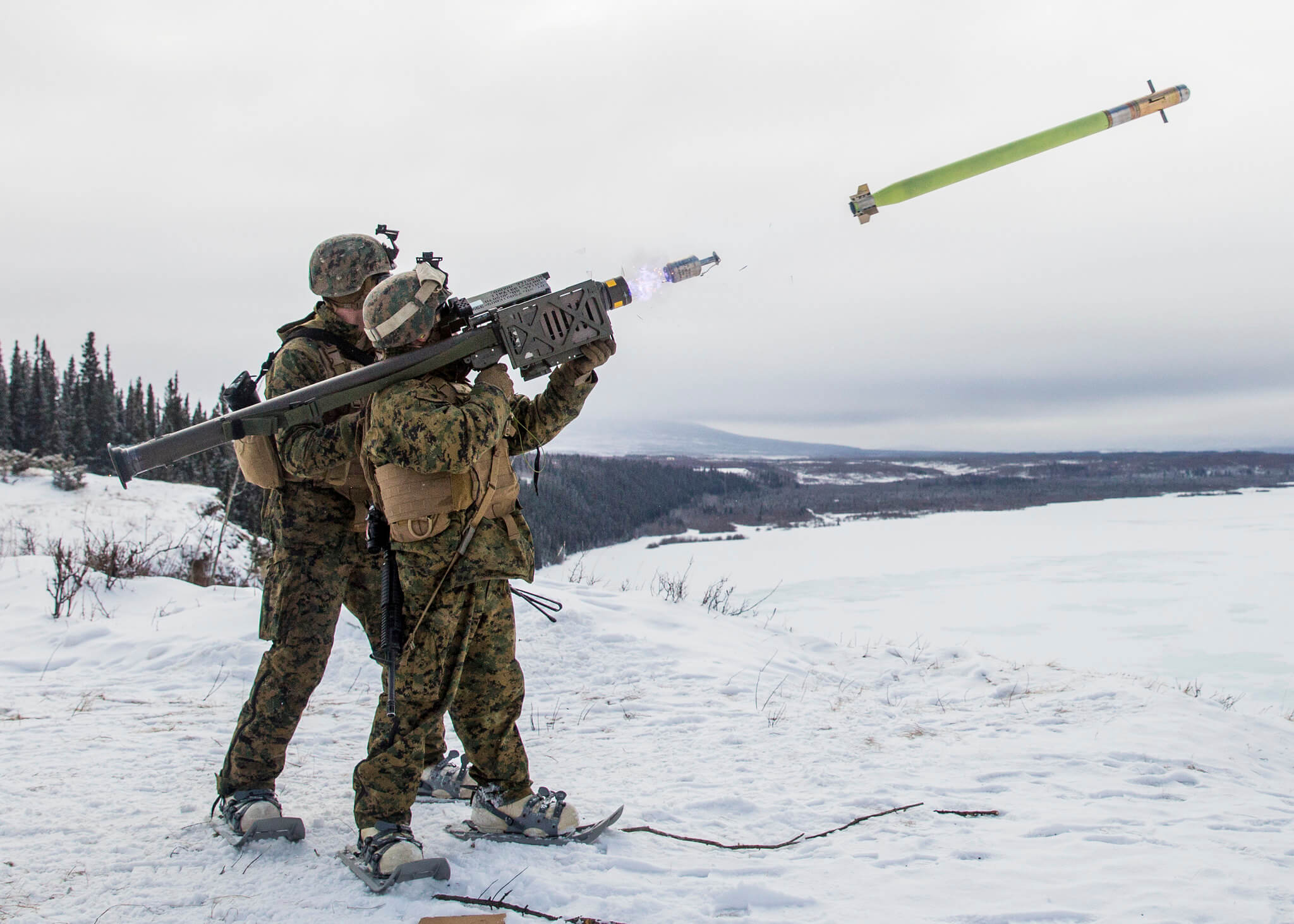
One of the most notable effects of the military support so far has been the ability of Stinger missiles to force a high rate of attrition on Russian air assets operating within Ukraine.4 At the beginning of the invasion, it was believed that Russia’s overwhelming numerical superiority in the air would be one of its main assets in defeating the Ukrainian military. Limitations on the Russian side, such as a distinct lack of precision guided munitions, are sure to be a factor in why this has not been the case.
By denying Russia the ability to fully benefit its numerical advantage in the skies, Ukraine’s chances of mounting an effective defence are immensely improved
However, the number of fighter aircraft and helicopters taken down by man-portable air-defence systems (MANPADS) signals the potential impact of already delivered US Stinger missiles, as well as pledged deliveries of Strela (the Soviet-era equivalent of the Stinger to be delivered from German stockpiles) and Starstreak (an advanced British equivalent) anti-air weapons. By denying Russia the ability to fully benefit its numerical advantage in the skies, Ukraine’s chances of mounting an effective defence are immensely improved.
The United States and a number of its European allies are also working on plans to provide Ukraine with more capable air defence systems. The emphasis in this effort is on delivering Russian-made systems that Ukrainian troops are already familiar with and will not have to spend months familiarising and training themselves on before they can have an impact on the battlefield.5 The US is looking to provide these from an old stockpile of captured Russian made equipment that it keeps for training and testing purpose.6
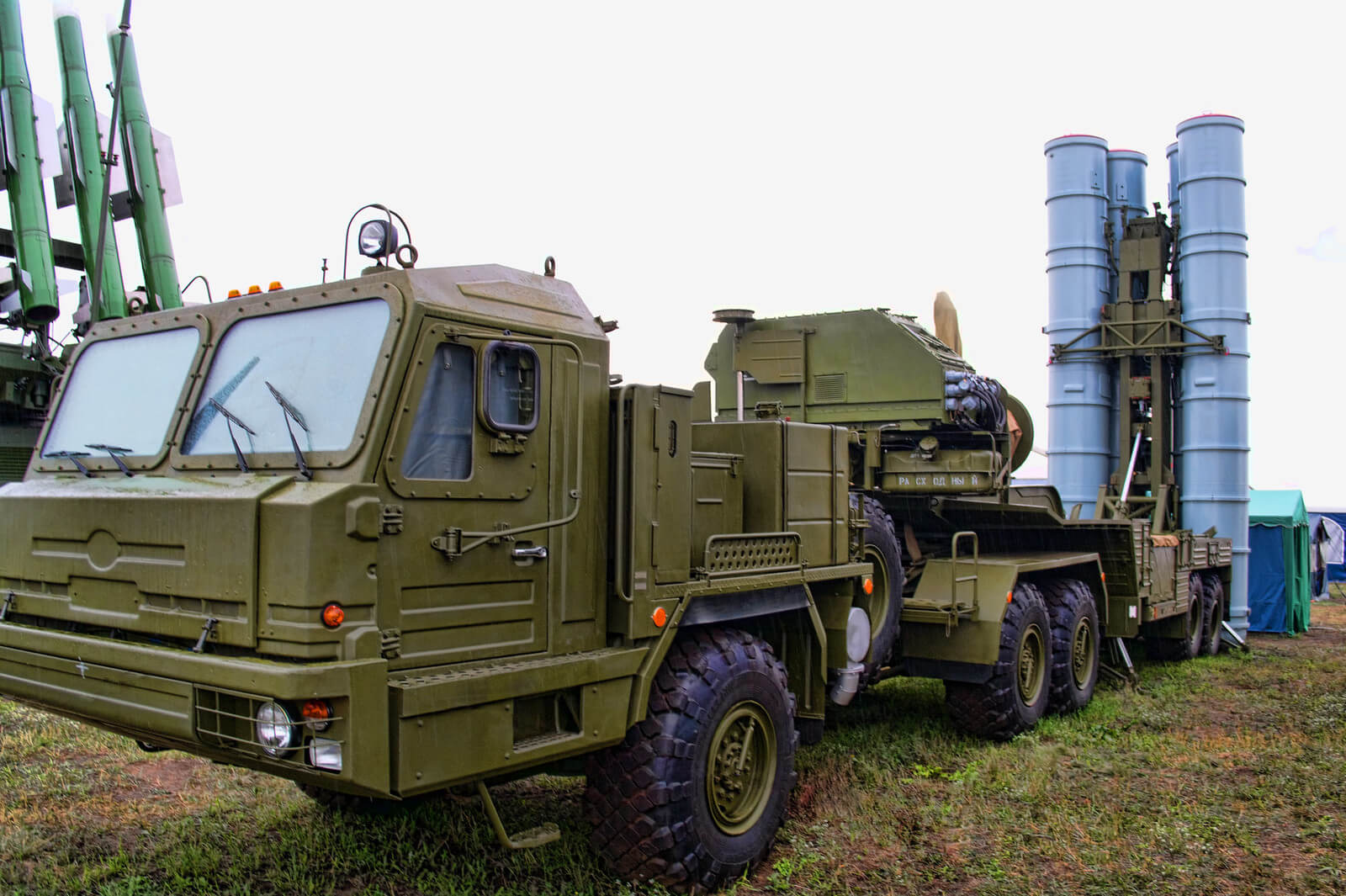
Several European countries that still operate Russian made S-300 air defence systems such as Bulgaria, Greece or Slovakia could also provide those to Ukraine, possibly receiving western made systems in return.7 Replenishing the Ukrainian stockpile of these more capable systems that can threaten Russian aircraft at much greater ranges and higher altitudes would significantly help limit their ability to operate in Ukrainian air space.
Deliveries of modern anti-tank weapons have also shown their utility on the battlefield, with the Javelin and NLAW systems being credited with numerous losses of armoured vehicles on the Russian side.8 Access to large volumes of such weapons, and thus the ability to distribute them among frontline units across Ukraine, greatly raises the cost of Russian advances.
These are of course still weapons that are only useful once Russian forces have massed their firepower and are directly engaging Ukrainian defences. The most recent support package announced by President Biden includes a number of Switchblade loitering munitions (or kamikaze drones) that will allow Ukrainian forces to increase their capacity to strike at Russian forces farther away from the frontline.
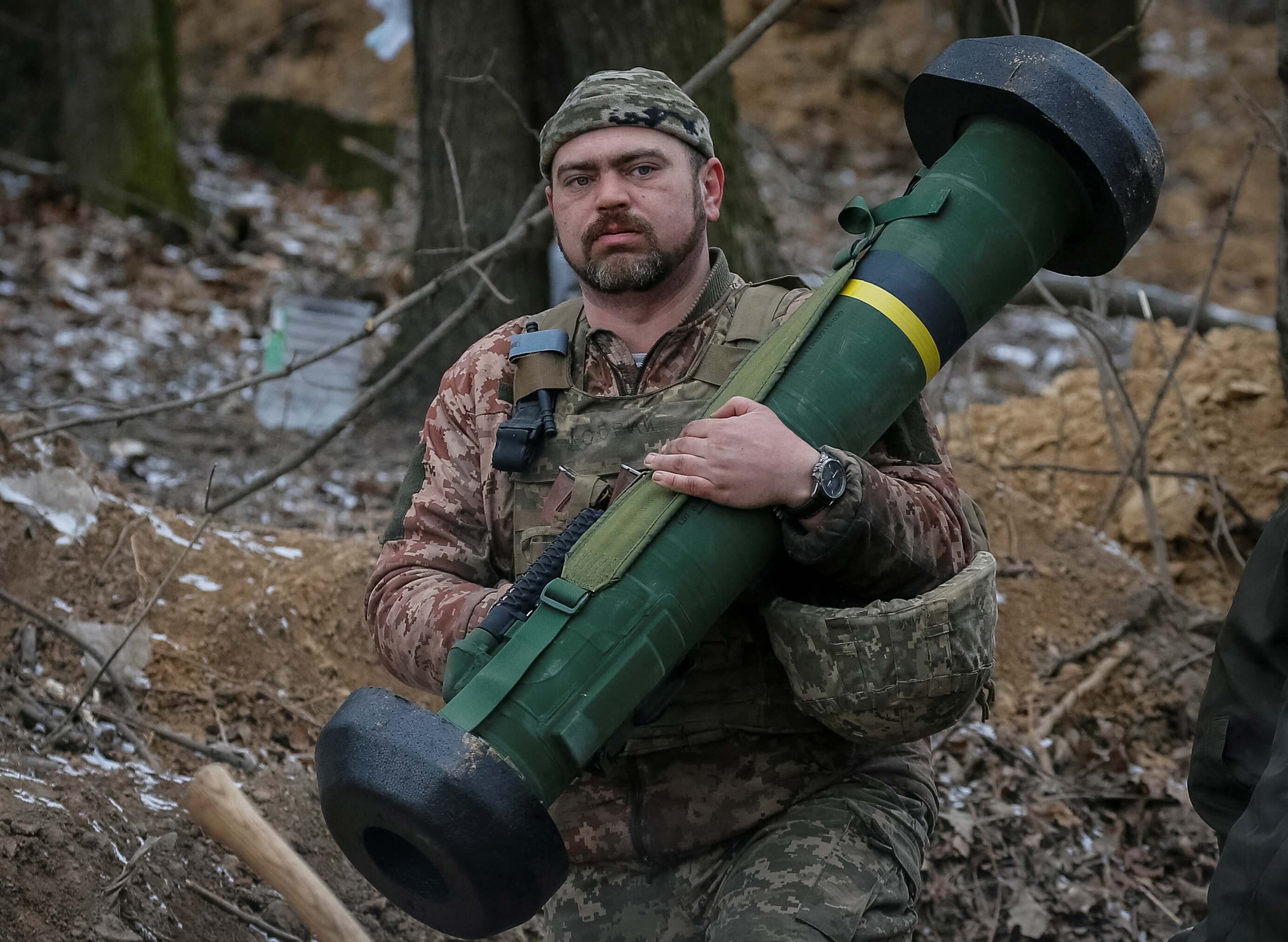
Such a capability, which Ukraine currently possesses primarily through its limited strike drone fleet, can increase Ukraine’s ability to weaken Russian forces before having to face them in direct engagements. It remains to be seen just how much of an impact a limited number of Switchblade systems will have across the entire war, but with additional rounds of support in the future more could follow.
Consumables like ammunition, food, and fuel are perhaps even more important to sustain the actual combat activities of Ukraine’s armed forces
Another meaningful form of military support – though it might not be as impressive as these expensive anti-air and anti-tank systems – is the delivery of small arms, ammunition, food, and fuel. Small arms delivered by countries like Belgium have already been seen in the hands of volunteer units that Ukraine is rapidly stepping up to increase its numbers on the frontline and are essential in allowing Ukraine to continue its mobilisation.
Consumables like ammunition, food, and fuel are perhaps even more important to sustain the actual combat activities of Ukraine’s armed forces. Even with the most advanced weapon systems in the world, an army that runs low on food, fuel, and ammunition is incapable of continuing the fight. Shortages of these particular supplies have been widely cited as one of the main causes for Russia’s poor military performance during the first weeks of its invasion, and guaranteeing the availability of these supplies for Ukraine will go a long way.
3: What has more impact – financial or material support?
The answer to this question depends largely on the timeframe that one would envision the current war to continue for. In the short term, clearly the direct material support in the form of weapons systems has a very immediate effect on the battlefield and continues to disrupt Russia’s ability to recover from its initial poor performance. When supplies of this material support run out, Russia could possibly be granted some relief that might allow it to recover.
For Ukraine to have the best position possible in negotiations with Russia it will need to showcase an ability to sustain its defence
If the war were to run on for several months or even years, Ukraine’s ability to sustain spending to support a war economy and to provide support to those affected by the war will become more of a determining factor in its ability to hold out. Effectively, both financial support to guarantee the liquidity of the Ukrainian budget and material support that directly pressures Russian forces on the battlefield are necessary to help prevent a collapse of Ukraine’s defensive efforts.
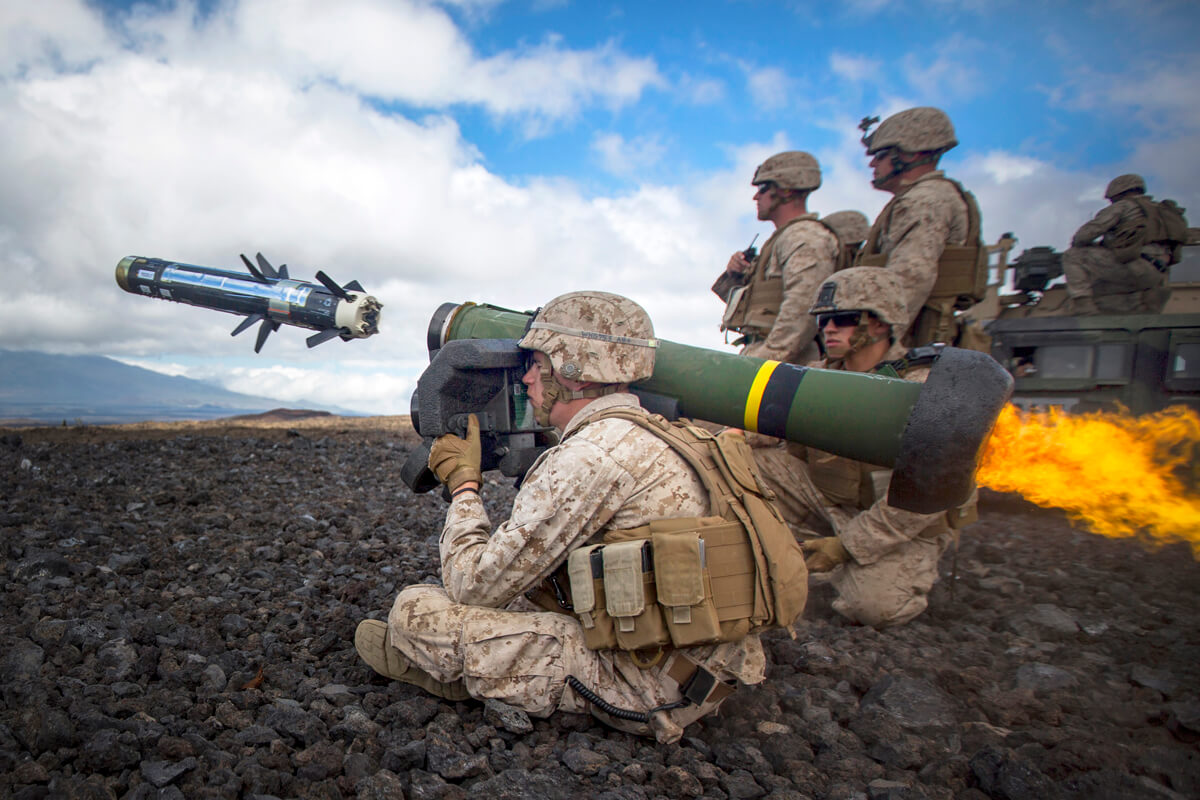
Even beyond military objectives, for Ukraine to have the best position possible in negotiations with Russia it will need to showcase an ability to sustain its defence. If the Russians were to identify hints of reduced threat from modern weapon systems on the battlefield, or an imminent economic collapse, this would surely dissuade them from compromising or withdrawing from Ukraine.
4: To what extent does this support lead to a proxy war?
The definition of a ‘proxy war’ can be heavily debated in this particular context. On the Russian side, the case is rather clear cut with Russia doing the bulk of its bidding in its invasion of Ukraine. Russia itself carries the immense cost that it has inflicted upon itself through its actions in Ukraine.
On the Ukrainian side, arguments could be made that this is in fact not a war primarily between itself and Russia but instead between NATO and Russia, with Ukraine operating as a proxy for NATO. Granting direct support in the form of cash flows and arms deliveries certainly ticks some of the traditional boxes in defining a proxy conflict.
The real issue here is probably related more to the implications of a proxy war, rather than the very classification as such itself. The reason that proxy wars are generally studied as a phenomenon in international relations and often regarded as a destabilising factor, is the fact that a proxy war typically occurs within a setting of multiple or expanding conflicts between the key actors that themselves remain untouched by them.
The Western support should not be considered in the same context as that of historical proxy wars
This was, for example, the case during the Cold War, when the United States and the Soviet Union went on a spending spree to arm governments and rebel groups all over the world. This harmful dynamic quite objectively led to a deterioration of security in Latin America, Africa, the Middle East, and Asia.
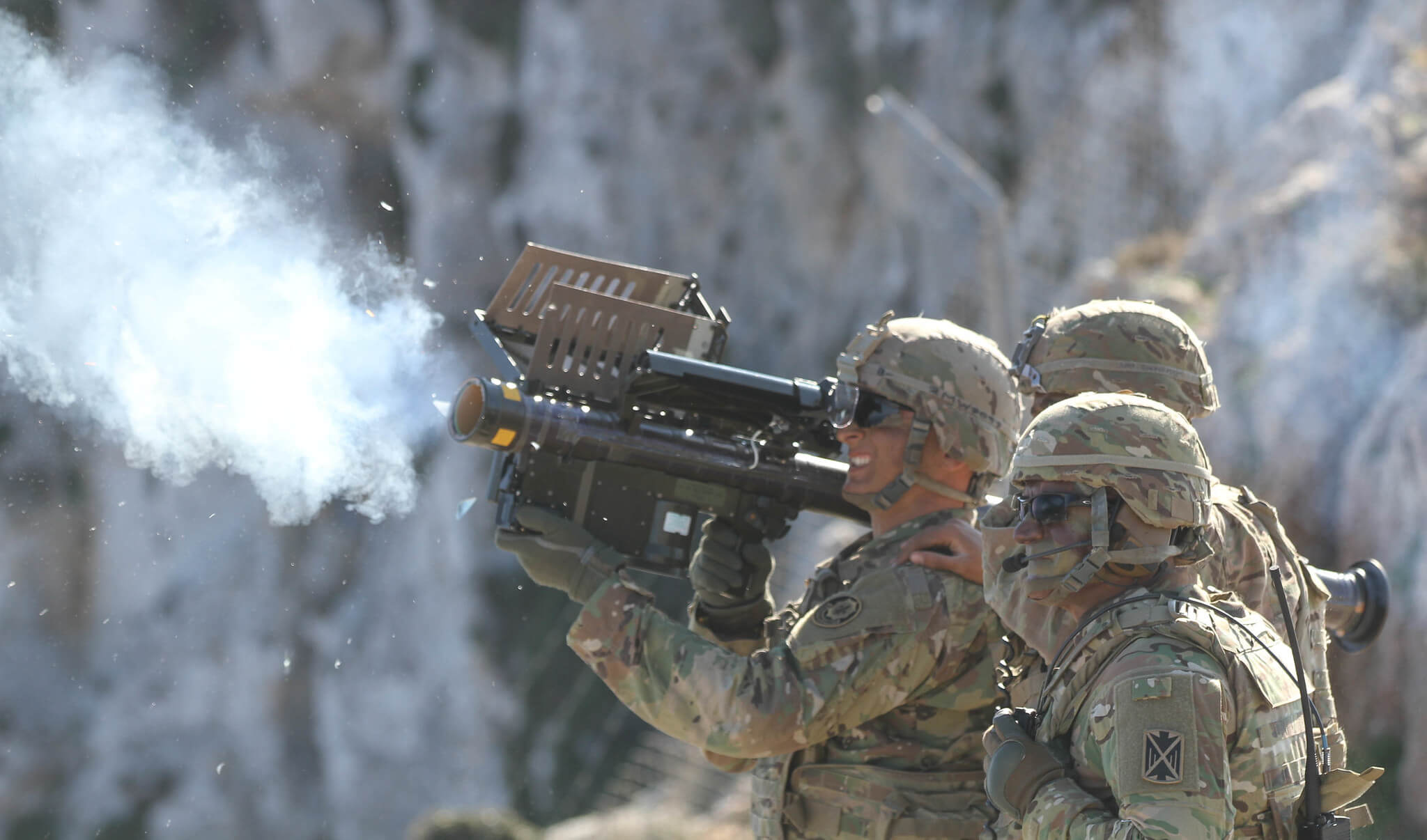
Given the fact that in this case support to Ukraine can hardly be considered a destabilising act given Russia’s instigation of an unprompted invasion of Ukrainian territory, this assistance should not be considered in the same context as that of historical proxy wars. While there are elements of renewed proxy conflicts between Russia and the West in recent history, consider for example the conflict in Syria and less clear-cut situations in Libya, the Central African Republic, and Mali, this has not quite resulted in the same Cold War-style practice of pitching much weaker third party actors against each other.
5: Will Putin consider this support a form of direct involvement?
The support to Ukraine, and particularly the direct material assistance to the Ukrainian military, definitely risks being perceived as a form of direct involvement in the conflict in Ukraine. Such reasoning, that arms deliveries would be considered equal to direct military involvement, would of course semantically erode what it means to be a party to a conflict and the ramifications that status would have within the international community.
Russia’s President Vladimir Putin has alluded to this pragmatic interpretation of direct involvement at various times and has even threatened that deliveries of arms or military supplies would be valid targets of the Russian military. The real question, however, is whether this perception of direct involvement could rise to a point where Russia would consider it to warrant a reason for a direct attack against NATO using either conventional or nuclear means.
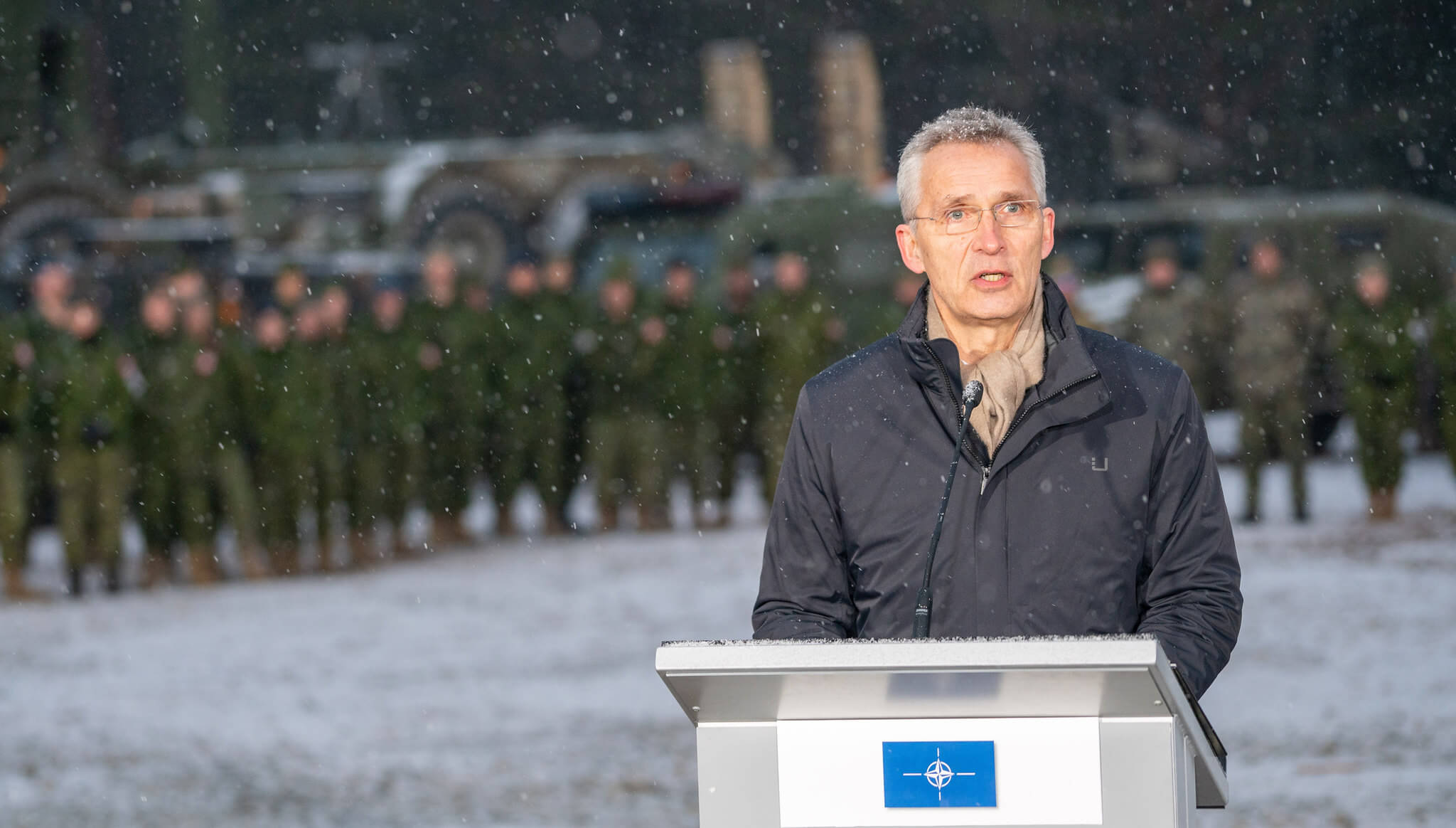
It is also important to consider in this context, that the West is also conducting very direct economic warfare against Russia in support of Ukraine. The numerous sanctions, essentially a broad economic and social decoupling between Russia and the West, are difficult not to interpret as direct action. The nature of this economic warfare also raises some questions on just how much it is linked to possible outcomes on the battlefield, or whether this has been established as an even greater and independent threat to Russia that will persist beyond active fighting in Ukraine.
It is clear that a conventional escalation to draw NATO into the conflict could only end poorly for Russia
Russia’s actions based on these threats could lead to escalation. Considering the military quagmire that Russia has gotten itself into in Ukraine, it is unlikely that Russia would seek to expand the conventional conflict to include NATO. By demonstrating that it barely has a capacity to conquer portions of Ukraine, while having committed a significant portion of its effective ground fighting force at this point, it is clear that a conventional escalation to draw NATO into the conflict could only end poorly for Russia.
There is, however, the nasty element of nuclear arsenals that comes into play at that point. Putin has often used Russia’s nuclear weapons as a threat, and even did so recently during the ongoing conflict when he ordered Russia’s strategic missile forces to higher alert.9 One could argue that, based on rational thought, the shared demise under conditions of a global nuclear war would deter Russian leadership from going that far.
The value of rationale in the formulation of Russian strategy stands to be questioned however, based on its recent actions despite clear indications that invading Ukraine could well be an insurmountable task for them. An erratic actor becomes difficult to predict and thus raises the overall risk associated with all forms of support that the West provides to Ukraine.
- 1The remaining 14 billion dollars is divided primarily between funding of humanitarian support to internally displaced persons (IDP) and refugees (5 billion dollars), indirect support of Ukraine through various international institutions, US military deployments and law enforcement budgets (6 billion dollars), and direct economic support to the Ukrainian government budget (3 billion dollars).
- 2‘Fact Sheet on U.S. Security Assistance for Ukraine’, The White House, 16 March 2022.
- 3Maïa de la Baume and Jacopo Barigazzi, ‘EU agrees to give €500M in arms, aid to Ukrainian military in ‘watershed’ move’, Politico, 27 February 2022.
- 4Stavros Atlamazoglou, ‘Easy-to-use handheld weapons provided by the US are helping Ukrainians shred Russian tanks and aircraft’, Business Insider, 20 March 2022.
- 5Tyler Rogoway and Thomas Newdick, ‘Ukraine Needs Ground-Based Air Defenses Way More Than MiGs’, The Warzone, 10 March 2022.
- 6Nancy Youssef and Michael Gordon, ‘U.S. Sending Soviet Air Defense Systems It Secretly Acquired to Ukraine’, The Wall Street Journal, 21 March 2022.
- 7Karoun Demirjian and Dan Lamothe, ‘Slovakia will send Ukraine S-300 air defenses ‘immediately’ if NATO backfills its weapons’, The Washington Post, March 17 2022.
- 8John Ismay, ‘Ukraine Is Wrecking Russian Tanks With a Gift From Britain’, The New York Times, 18 March 2022.
- 9Shannon Bugos, ‘Putin Orders Russian Nuclear Weapons on Higher Alert’, Arms Control Association, March 2022.






0 Reacties
Reactie toevoegen